nasal lymphoma in cats symptoms
Lymphoma is the most common nasal cavity tumor in cats yet few reports specifically address the anatomic immunohistologic and cytologic features of this neoplasm. It is slightly more common in males than in females.
Symptoms of Nose and Sinus Cancer in Cats When cancerous cells or tumors are present in the nasal cavities or sinus passages the symptoms often mimic those of a respiratory infection.

. Therefore its often only when signs persist despite treatment that a nasal tumor is suspected. To date no specific breed or sex predisposition has been noted. The symptoms of lymphoma in cats vary slightly depending on the site thats affected although all types of lymphoma in cats can cause weight loss lethargy and a poor dull or greasy coat.
Nasal tumors often have a past history of nasal discharge and cat sneezing. The causes of lymphoma in cats. Symptoms Of Nasal Cancer.
The most common types of nasal tumor are either a carcinoma or lymphoma which are. The discharge may contain mucous pus and blood. Common side effects include lowered white blood cell count vomiting and decreased appetite.
Symptoms of Feline Nasal Lymphoma Multicentric Feline nasal lymphoma attacks the lining of the nasal cavity. A CT scan and biopsy are required to diagnose nasal lymphoma. The most affected area is usually the nasal cavity and this variant is accompanied by strange discharge and difficulty breathing.
To help you better understand when it may be time to let go lets list the signs of a cat that is struggling in their lymphoma diagnosis. You may also notice a bulge or bump forming over the bridge of the nose. Cats are quick to lick their noses so close attention to your pet is necessary when you first notice a runny nose.
How is nasal lymphoma diagnosed. Inability to put on weight. Lymphoma in the lymph nodes comes as swellings around the neck shoulder blades and knees.
In this case cell hyperplasia occurs in different parts. Sneezing or nasal discharge nasal lymphoma vomiting gi lymphoma Symptoms of lymphoma in cats since lymphoma can occur in various parts of the body including the liver spleen and lymph nodes symptoms may vary depending on the location of the cancer. It is not at all common in Western countries and when it is discovered it is typically found in populations with ethnic backgrounds in Asian and Latin American countries where it is much more prevalent.
The general symptoms in all cases are apathy weight loss and eating problems. When this happens some of the signs are. Also check their bedding and blankets for nasal discharge.
It may be time to say goodbye if your cat is experiencing any of the following symptoms. Respiratory distress is typical of mediastinal lymphoma. Nasopharyngeal tumors on the other hand manifest as heavy breathing often with a snoring sound and change in vocalism.
Just as peoples faces make some odd expressions when a sneeze is about to occur health issues with a cats nose could leave him in a perpetual pre-sneeze state with irritation or tickling in his nostrils. Middle to older aged cats are most commonly diagnosed with nasal cancer. Nasal tumors are relatively uncommon in veterinary medicine accounting for less than 1 of all feline tumors.
The symptoms of lymphoma in cats depend on where the cancer is growing. Ten cats displayed multiorgan involvement and i. The records of 19 cats treated for stage I nasal lymphoma with radiation therapy and chemotherapy were reviewed to determine response to therapy treatment outcome and possible prognostic indicators.
Sneezing or nasal discharge nasal lymphoma Vomiting GI lymphoma Diarrhea GI lymphoma Weight loss any lymphoma Lethargy any lymphoma Seizures or other neurologic signs central nervous system lymphoma nasal lymphoma Changes in urination or drinking renal. Up to 10 cash back Some symptoms of lymphoma in cats include. Fifty cats were diagnosed with lymphoma at necropsy via biopsy or by cytology alone.
All cats were treated with megavoltage radiation therapy to a total dose ranging from 22 to 48 Gy median dose 42 Gy. Lymphoma can affect the kidneys as well. Clinical signs of nasal cancer may include.
Symptoms go unnoticed for years making it harder to treat the cancer. Cats with nasal lymphoma often develop chronic nasal discharge sneezing and loud breathing. Nasal discharge is the most common clinical sign of a nasal tumor.
Odd head movements or a loss of grace or balance. Symptoms depend on how advanced the growths have become but may include. What are the clinical signs of nasal lymphoma.
Monitoring is required to assess the cat for side effects of treatment though chemotherapy is generally better tolerated in animals than in people. Other signs include bleeding and facial deformity. Excessive or frequent sneezing.
It is most common in cats between 5 and 9 years of age. Common early symptoms will include nasal stuffiness runny nose and sneezing which can all be linked to many common and minor illnesses. This subtype of non-Hodgkins lymphoma is of course of T-cell origin and is considered a very rare NHL variant.
Most cats develop feline nasal lymphoma when they are young. If your cat has mediastinal lymphoma youre most likely to notice respiratory problems like difficulty breathing gasping or wheezing. Continue reading Feline Nasal Tumors.
Cats with lymphoma may have an increased or decreased appetite or you may notice no change in appetite. Other symptoms are common depending on. At the end stage of lymphoma the cancer invades organs and bones -- any place where the lymphatic system connects.
Depending on the type of lymphoma other treatments may be needed. Other infrequent symptoms are diplopia or blurred vision and nasal or cheek pain. The signs of feline nasal cancer typically cant be distinguished from the signs of an upper respiratory infection or other nasal disorder.
Symptoms include vomiting diarrhea weakness and lack of appetite or refusal to eat. Renal Lymphoma in Cats. It is most common in felines between the ages of 5 and 9.
The central nervous system nasal cavity skin kidneys and other areas. One or both eyes may become red or painful. The most common presenting symptoms of sinonasal lymphomas are nasal obstruction epistaxis headache and unilateral facial cheek or nasal swelling 171617.
In our study the 5 year survival rate for sinonasal lymphomas was 50. The most affected area is usually the nasal cavity and this variant is accompanied by strange secretions and difficulty breathing.

Lymphoma In Cats The Conscious Cat
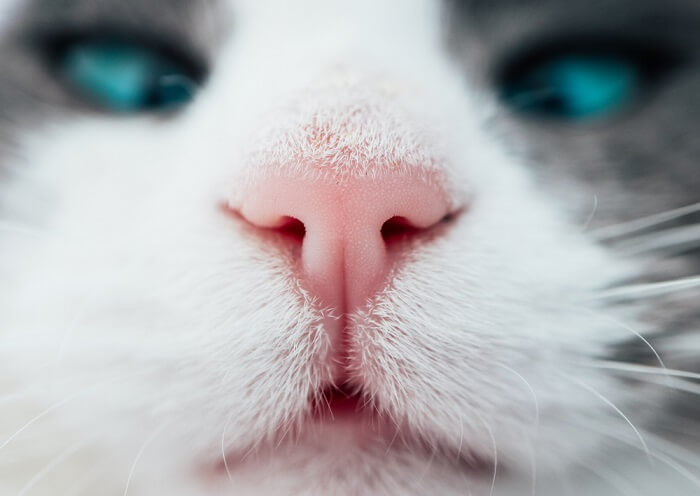
Nose Cancer In Cats Causes Symptoms Treatment All About Cats

Lymphoma In Cats Veterinary Partner Vin

Understanding Lymphoma In Cats

Vet Focus 31 1 Diseases Of The Feline Nasal Planum Vet

Facial Distortion And Epiphora In A Cat With A High Grade Large B Cell Download Scientific Diagram

Lymphoma In Cats Atlantic Veterinary Internal Medicine
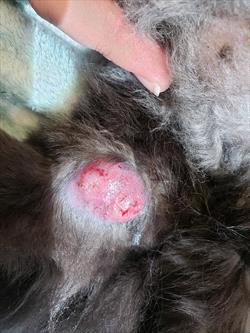
Cutaneous Lymphoma In Cats Veterinary Partner Vin
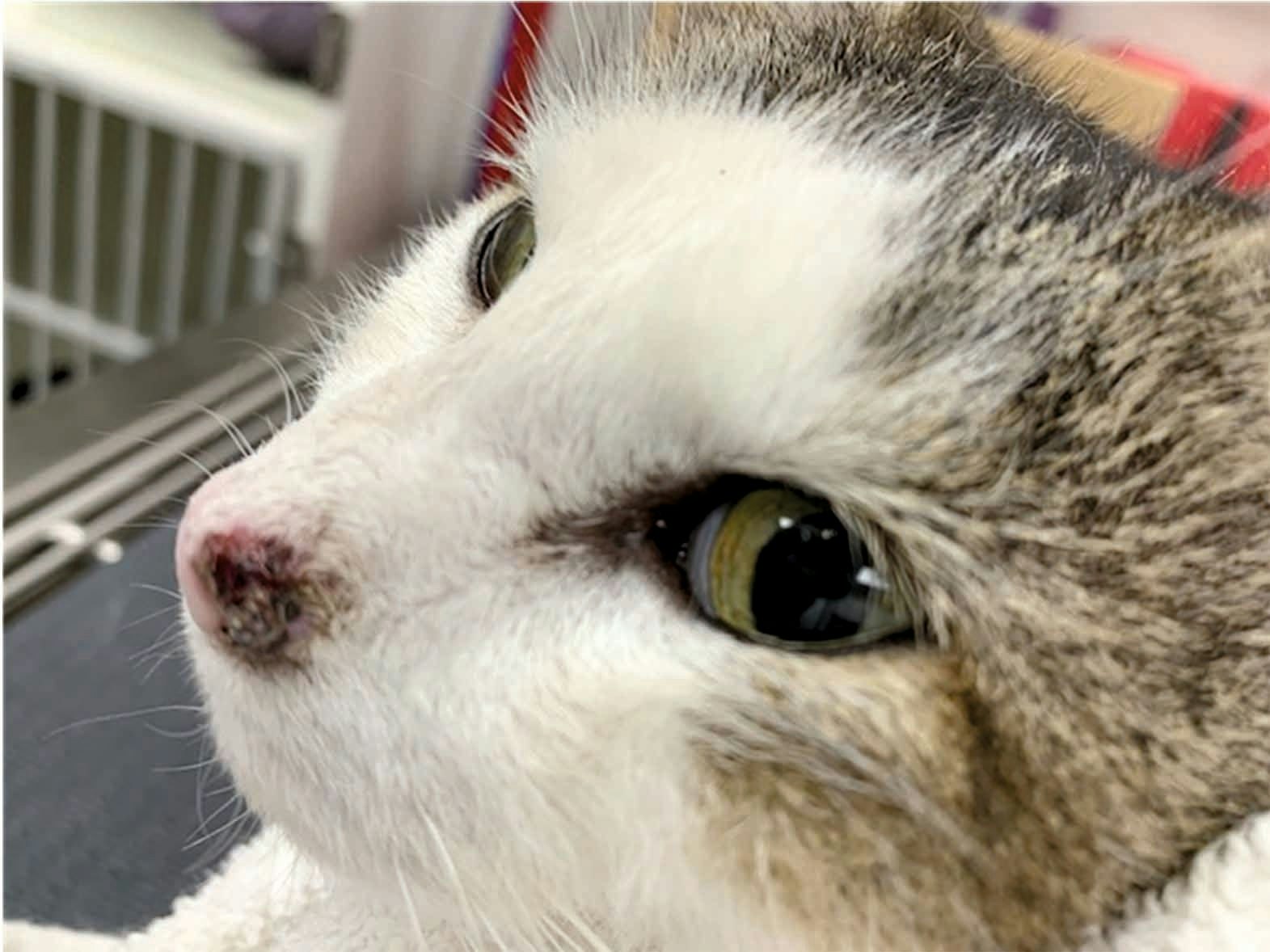
Vet Focus 31 1 Diseases Of The Feline Nasal Planum Vet
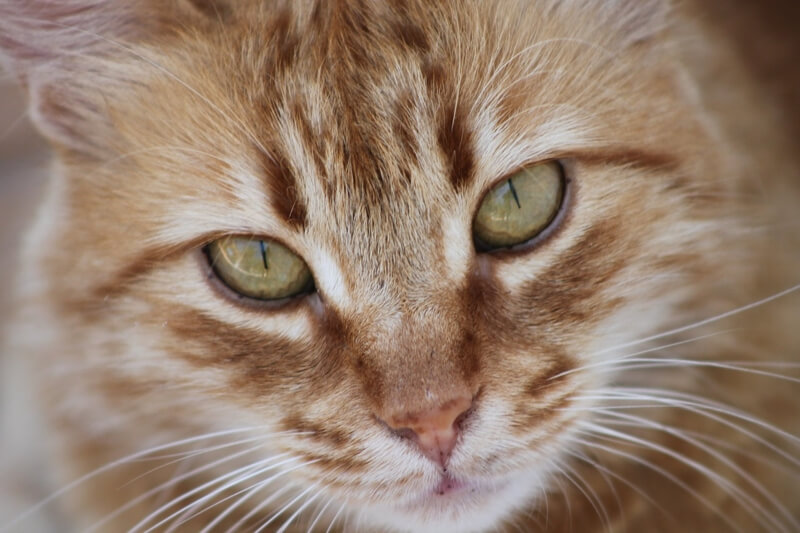
Understanding Lymphoma In Cats
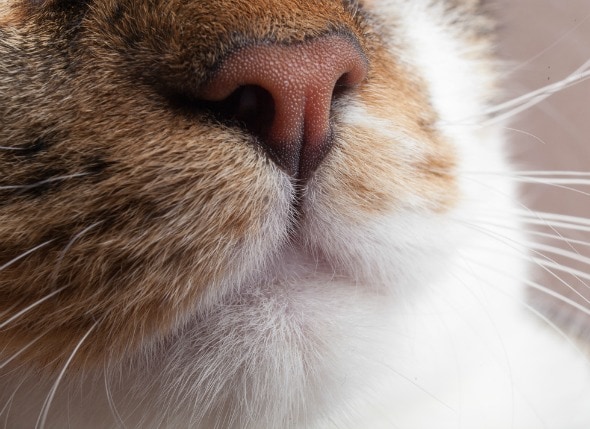
Nose And Sinus Cancer Squamous Cell Carcinoma In Cats Petmd
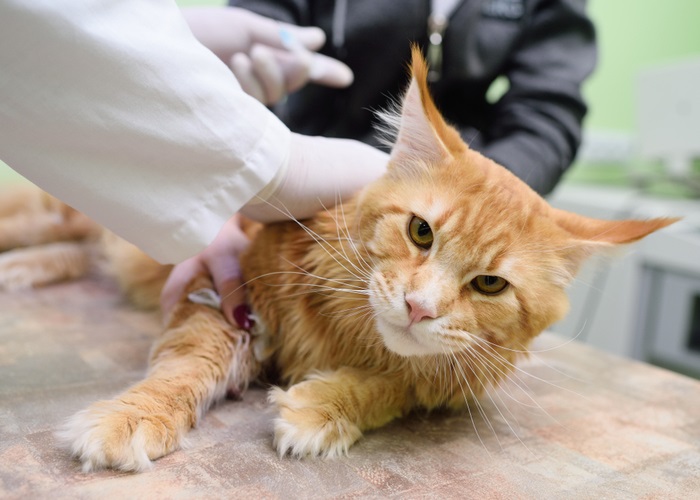
Lymphoma In Cats Symptoms Diagnosis Treatment All About Cats

Learn About Nasal Cancer In Cats Petcure Oncology
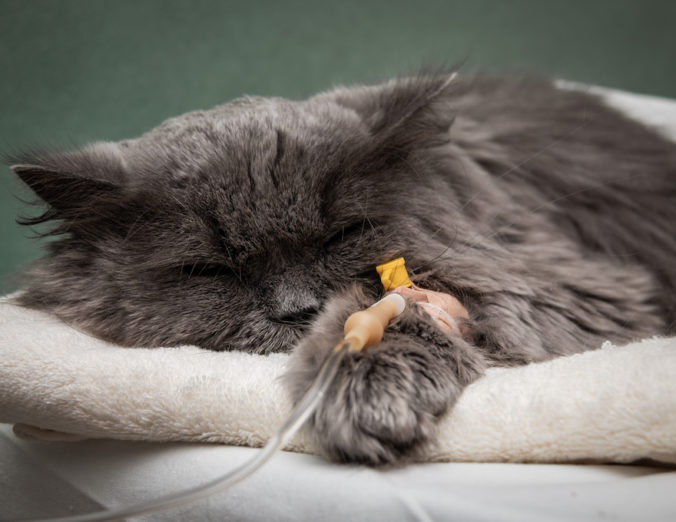
Diagnosis And Treatment Of Feline Lymphoma Glories Veterinary Hospital
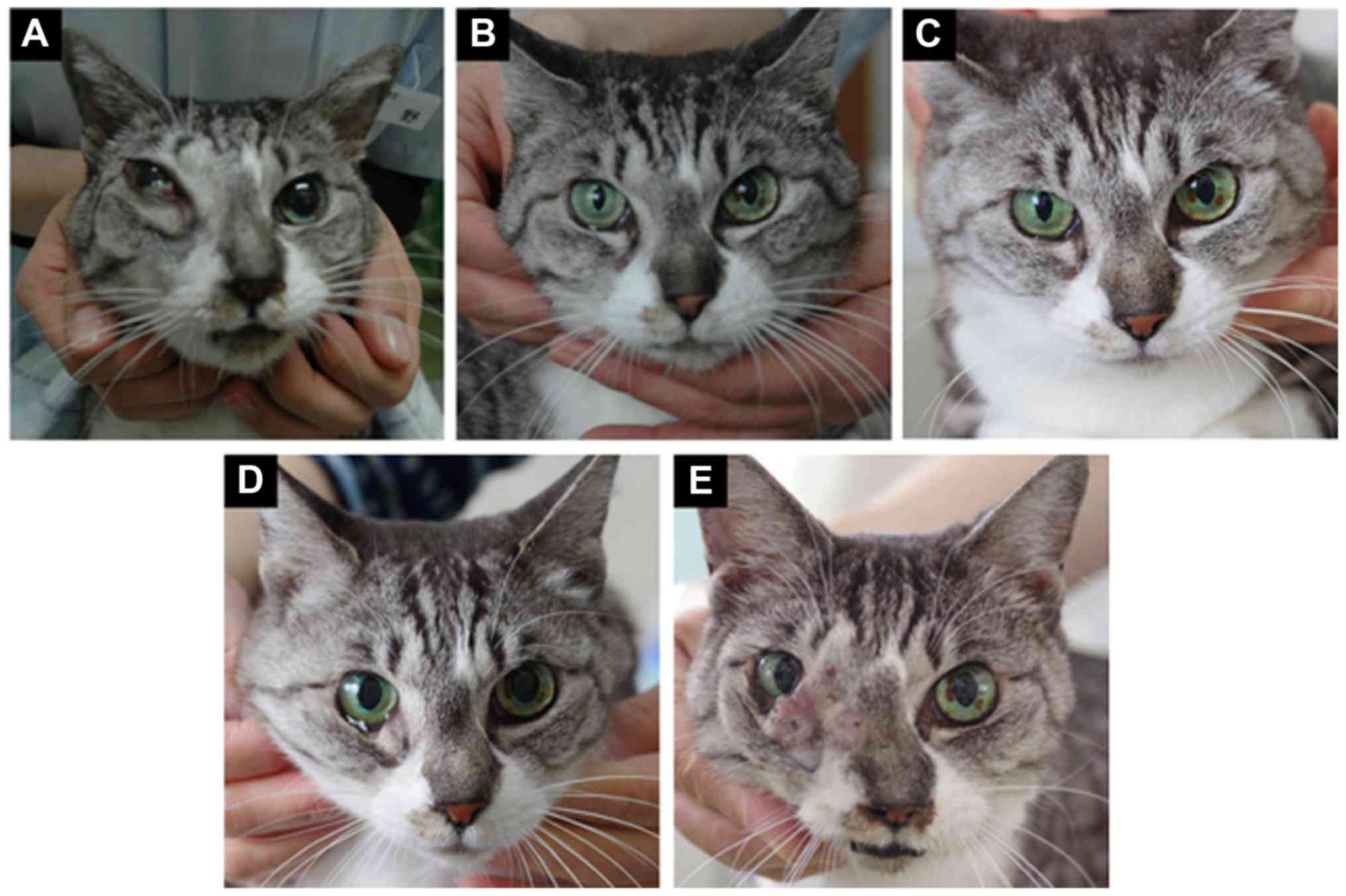
Photohyperthermal Therapy Using Liposomally Formulated Indocyanine Green For Feline Nasal Lymphoma A Case Report
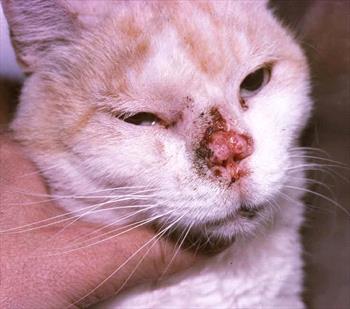
Nasal Squamous Cell Carcinoma In Cats Veterinary Partner Vin

